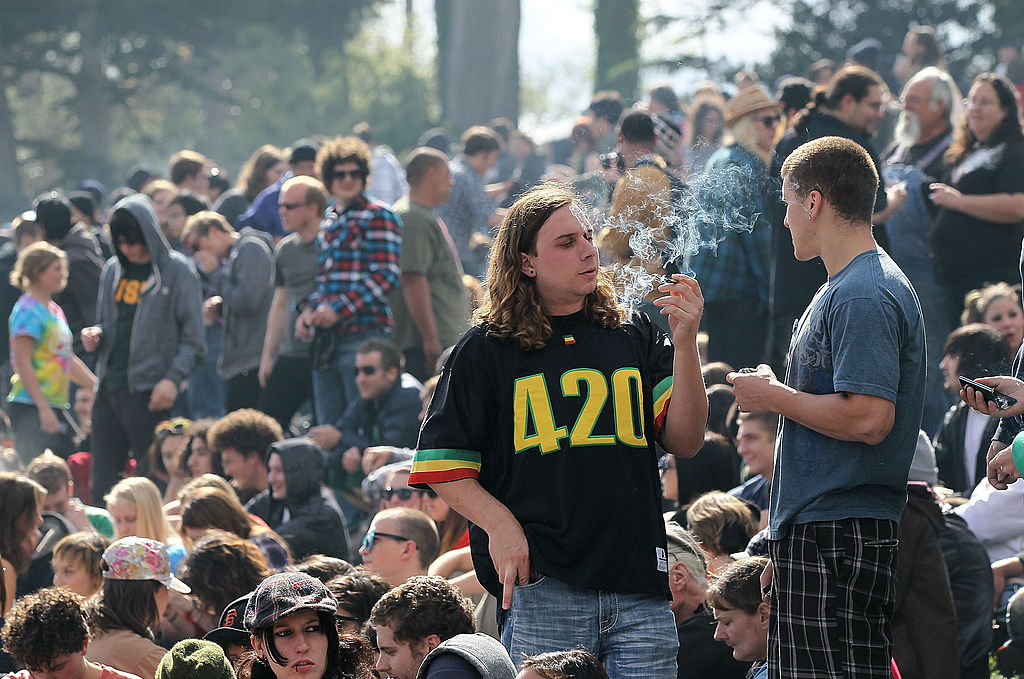Seven seconds. That’s about how long it’ll take for the 42-year old Warren Hall at Cal State University East Bay in Hayward to tumble into a cascading pile of steel and concrete.
The 13-story campus building is set to be demolished by implosion this Saturday morning at 9 a.m. Engineers previously deemed the building seismically unsafe.
Demolition expert Mark Loizeaux of Controlled Demolition Inc. said some 400 pounds of explosives, set at more than a thousand locations in the building should bring it down in a hurry.
“It’s going to tilt a little to the South,” Loizeaux described. “It’s going to come down in a pile of debris lower than 50 feet tall.”
Loizeaux said construction crews already removed the asbestos and lead from the building. He said the dust released by the blast will be far less than months of demolition by wrecking ball or a gradual disassembly.
He equated the explosion to kicking out the legs of a chair – in this case the explosives will knock out key parts of the steel structure allowing the building to fold.
“All we’re doing is modifying the structure herself,” said Loizeaux, “so gravity on Saturday morning can have her way with the building and bring it down safely.”

Campus officials plan to clear a 1,500 foot radius around the building for safety. The windows of the nearby library were being covered with black tarps for protection and air vents at campus buildings were set to be sealed off with plastic.
Local
Homeowners with a hillside vantage were making plans to watch the demolition.
"I’m going to have a little party in the back on our back deck,” said Hayward resident Lee Baker. “Every time I look out the window I see that building and now it’s going to be gone, it’s just going to change the landscape.”
Baker allowed researchers with the US Geological Survey to place one of six-hundred small soda can-sized seismographs in his yard to measure the energy waves from the demolition.
“The Hayward fault is just down the hill here,” said USGS scientist Rufus Catchings. “We hope to be able to determine something about the Hayward fault and how badly it shakes given a certain magnitude earthquake.”

The USGS placed 600 seismographs around Hayward, and other parts of the East Bay to try and catch the seismic waves. Catchings said the information can help engineers and building planners understand how an earthquake on the notorious Hayward fault would emanate through different types of earth.
“We’d love to do this all up and down the Bay Area,” said Catchings. “Obviously you don’t get this opportunity very often so we’re going to make the most of it.”
Baker, who lives a little over a mile from the building said he was happy to aid scientists.
“I’m really close to the Hayward fault so I’m really interested in what’s going on with earthquakes,” said Baker. “I don’t want my house to fall down.”



